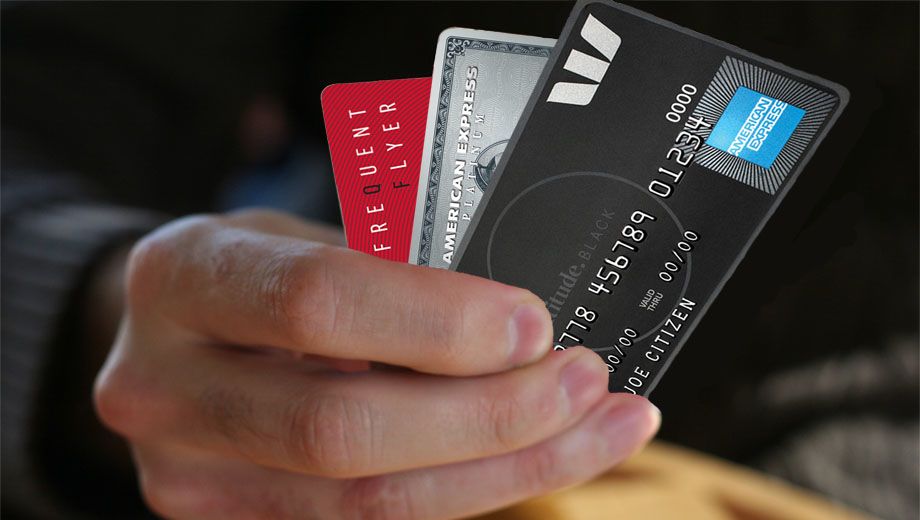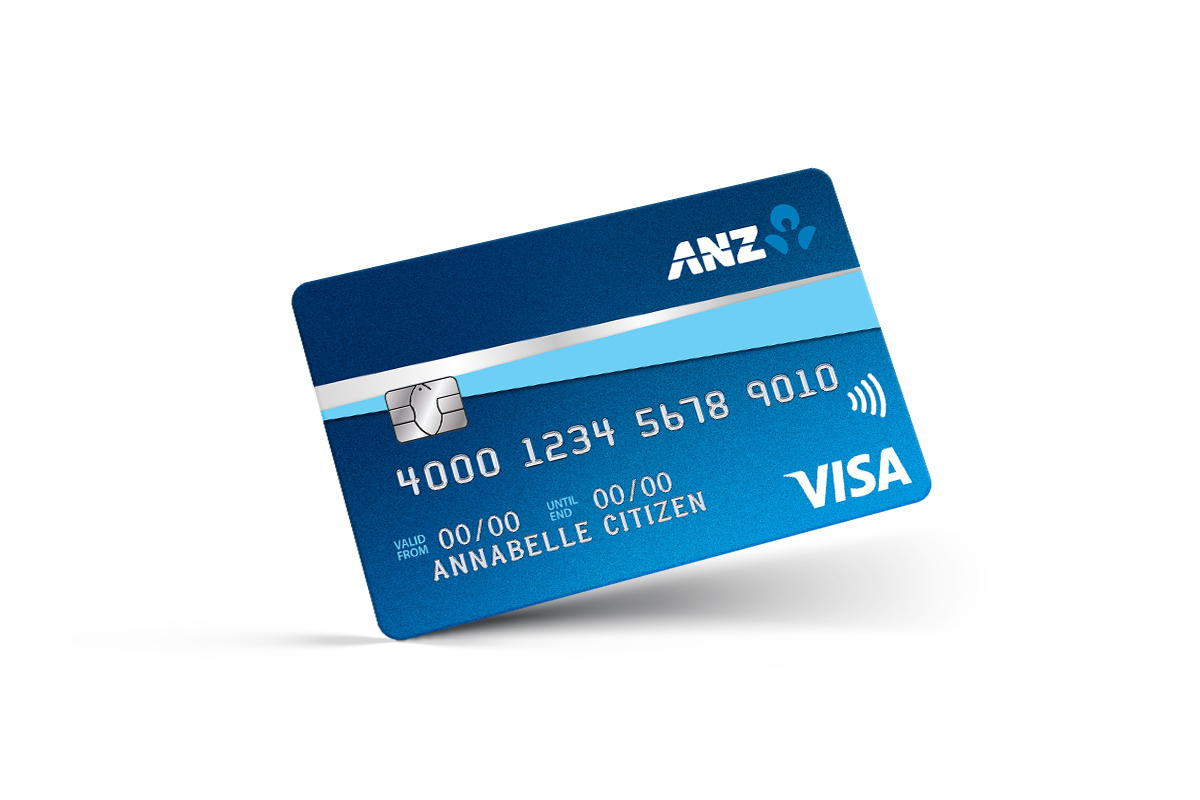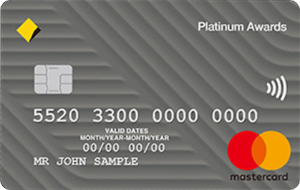ANZ’s: Welcome to ANZ’s Guide to Smart Credit Card Management, your ultimate resource for credit card management tips, best practices, and strategies. In this guide, we will provide you with valuable insights and advice on how to make the most of your ANZ credit card, ensuring smart and effective credit card usage.
Managing credit cards can be overwhelming, but with the right knowledge and approach, you can unlock a world of benefits while keeping your debt at bay. Our guide covers everything from understanding credit card basics to choosing the right card, smart spending techniques, maximizing rewards, paying off debt, building a strong credit history, and utilizing ANZ’s credit card management tools and services.
At ANZ, we believe that by empowering our customers with knowledge and strategies, we can help them achieve their financial goals and make informed decisions. That’s why our guide is designed to provide you with practical tips, ANZ credit card best practices, and effective strategies to enhance your credit card experience.
Whether you are new to credit cards or are a seasoned user, our guide offers valuable insights that are applicable to everyone. So, let’s dive in and discover the world of smart credit card management, where you can maximize your rewards and minimize your debt.
Understanding Credit Card Basics
When it comes to effective credit card management, it is crucial to have a solid understanding of the basics. Familiarizing yourself with the key features, terms, fees, and interest rates associated with credit cards is essential for making informed financial decisions. Let’s explore the core elements of credit cards and how they impact your overall credit card experience.
1. Credit Card Features
Credit cards come with a range of features designed to enhance your purchasing power and convenience. These features can include:
- Rewards programs that offer benefits such as cashback, airline miles, or points for every dollar spent
- Travel insurance and purchase protection to safeguard your purchases
- Balance transfer options for consolidating high-interest debt onto one card
- Contactless payment technology for quick and easy transactions
Understanding the features provided by different credit cards can help you choose the right card that aligns with your lifestyle and financial goals.
2. Credit Card Terms
Credit card terms outline the rules and conditions associated with your card. These terms include:
- Credit limit: The maximum amount you can borrow on your card
- Minimum payment: The minimum amount you must repay each month to keep your card in good standing
- Grace period: The time frame within which you can make a payment before interest is charged on your purchases
Understanding these terms helps you manage your credit card responsibly and avoid unnecessary fees or penalties.
3. Credit Card Fees
Credit card fees are charges imposed by the credit card issuer for specific services or actions. Common credit card fees include:
- Annual fees: A yearly charge for card membership
- Foreign transaction fees: Charges applied for purchases made in foreign currencies or overseas
- Late payment fees: Penalties for not making the minimum payment on time
Being aware of these fees allows you to plan your credit card usage effectively and allocate your funds accordingly.

Smart Spending and Budgeting Techniques
Effective credit card management goes beyond simply making payments on time. It involves adopting smart spending habits and implementing budgeting techniques to ensure you stay in control of your finances. By following these strategies, you can make the most of your credit card while avoiding unnecessary debts.
1. Create a Budget
A budget is a crucial tool for managing your expenses and ensuring you don’t overspend. Start by analyzing your income and fixed expenses, such as rent/mortgage, utilities, and loan repayments. Dedicate a portion of your income towards savings and allocate the rest for discretionary spending, including credit card expenses.
2. Track Your Expenses
Tracking your expenses allows you to identify where your money is going and helps you adjust your spending habits. Use apps or online tools to record and categorize your purchases easily. By understanding your spending patterns, you can make informed decisions about where to cut back and where to prioritize your spending.
3. Stay Within Your Credit Card Limit
Maxing out your credit card can lead to high interest charges and potential debt. Stick to a rule of never using more than 30% of your credit card’s limit. This ensures that you have enough wiggle room for unexpected expenses and keeps your credit utilization ratio low, which positively impacts your credit score.
“Smart spending and tracking your expenses are key to staying on top of your finances. By implementing budgeting techniques, you can make informed decisions about your credit card usage and avoid unnecessary debts.”
– John Smith, Financial Advisor
4. Avoid Impulse Purchases
Before making a purchase, take a moment to assess whether it aligns with your budget and financial goals. Avoid impulsive buying and consider waiting for a day or two to see if the purchase is truly necessary. By practicing mindful spending, you can prevent unnecessary debt accumulation.
5. Utilize Money Management Tools
Many banks, including ANZ, offer money management tools that can help you track and categorize your expenses. Take advantage of these tools to gain insights into your spending habits and make adjustments as needed.
Implementing smart spending and budgeting techniques is essential for effectively managing your credit card usage. By creating a budget, tracking expenses, staying within your credit card limit, avoiding impulse purchases, and utilizing money management tools, you can stay financially responsible and maximize the benefits of your credit card.
Maximizing Credit Card ANZ’s Rewards
To make the most out of your credit card, it’s important to understand how to maximize the rewards it offers. By taking advantage of rewards programs and strategically earning and redeeming reward points, you can enhance the value of your credit card usage.
One key aspect of maximizing credit card rewards is to explore the various rewards programs available. Different credit card issuers offer different programs, each with its own set of benefits and redemption options. Research and compare the rewards programs affiliated with your credit card to determine which one aligns best with your spending habits and preferences.
When it comes to earning reward points, it’s essential to be strategic in your spending. Many rewards programs offer bonus points for specific categories such as dining, travel, or online shopping. By using your credit card for purchases in these categories, you can accumulate points at a faster rate. Additionally, some credit cards offer sign-up bonuses or promotional offers that provide a significant boost to your reward points.
Remember: responsible spending is crucial. While it’s tempting to overspend to collect more reward points, it’s important to stay within your budget and only make purchases you can afford to pay off in full at the end of the billing cycle. Accumulating debt and paying interest charges will negate the value of any rewards earned.
“The key to maximizing credit card rewards is to understand the rewards program’s terms and conditions, strategically earn and redeem reward points, and avoid unnecessary fees and interest charges.”
In addition to earning reward points, it’s equally important to know how to redeem them effectively. Rewards can be redeemed for a variety of options, including cashback, travel, merchandise, or gift cards. Research the redemption options available and choose the ones that provide the most value for your reward points. Keep in mind that some options may offer better redemption rates or exclusive deals, so it’s worth exploring and comparing before making your choice.
Maximizing Credit Card ANZ’s Rewards Table:
| Rewards Program | Features | Earning Potential | Redemption Options |
|---|---|---|---|
| ANZ Rewards | Earn points on everyday purchases | Double points on eligible travel bookings | Cashback, travel, merchandise, gift cards |
| Qantas Frequent Flyer | Earn Qantas Points on eligible spending | Bonus points for Qantas flights | Flight bookings, upgrades, merchandise |
| Velocity Frequent Flyer | Earn Velocity Points on eligible transactions | Points boost with Velocity partners | Flights, hotel stays, car rentals |
By implementing these strategies, you can make the most of your credit card rewards and enjoy the benefits they offer. Remember to stay informed about any changes to rewards programs and regularly assess if your credit card aligns with your evolving lifestyle and spending habits. With careful planning and smart usage, your credit card can be a valuable tool for maximizing rewards.

Paying Off Credit Card Debt ANZ’s
Managing credit card debt can sometimes feel overwhelming, but with the right strategies, it is possible to regain control of your finances and reduce your debt. In this section, we will explore practical tips and techniques for paying off credit card debt effectively.
Prioritizing Debt Repayment
When it comes to paying off credit card debt, it’s crucial to prioritize your payments. Start by identifying your highest-interest rate cards and focus on paying them off first. By targeting these cards, you can reduce the amount of interest you accumulate, ultimately saving money in the long run.
Budgeting for Payments
Creating a budget is an essential step in managing credit card debt. Start by tracking your expenses and identifying areas where you can cut back to allocate more funds towards debt repayment. Every dollar you save can be put towards paying off your credit card balance, helping you to become debt-free faster.
Consider using a spreadsheet or a budgeting app to track your income, expenses, and debt payments. This will give you a clear overview of your financial situation and help you stay on track towards your goal of paying off your credit card debt.
Exploring Debt Repayment Strategies
In addition to prioritizing debt repayment and budgeting for payments, there are other strategies you can consider to accelerate your journey towards debt freedom. These may include:
- Snowball Method: Paying off the smallest credit card balance first and then moving on to the next smallest. This method provides a sense of accomplishment and motivation as you see debts being eliminated one by one.
- Avalanche Method: Paying off the credit card with the highest interest rate first and then tackling the rest. This method minimizes the overall interest paid, saving you money in the long run.
- Debt Consolidation: Transferring your credit card balances to a single card with a lower interest rate or taking out a personal loan to pay off your credit card debt. This can simplify your payments and potentially reduce the amount of interest you pay.
Building a Strong Credit ANZ’s History
Building a strong credit history is essential for financial stability and future goals. Lenders use credit scores to assess creditworthiness, making it crucial to understand how credit scores are calculated and take steps to improve them.
One of the key factors that contribute to a strong credit history is responsible credit card usage. By using credit cards responsibly, you can demonstrate your ability to manage credit and increase your creditworthiness. Here are some tips to help you build a strong credit history:
- Pay your bills on time: Late or missed payments can negatively impact your credit score. Set up automatic payments or put reminders in place to ensure timely payments.
- Maintain a low credit utilization ratio: Your credit utilization ratio is the amount of credit you use compared to your credit limit. Aim to keep this ratio below 30% to show responsible credit card usage.
- Diversify your credit: Having a mix of different types of credit, such as credit cards, loans, and mortgages, demonstrates your ability to manage different financial obligations.
- Avoid excessive credit applications: Making multiple credit applications within a short period can raise concerns for lenders. Only apply for credit when necessary and shop around for the best terms.
By following these tips and practicing responsible credit card usage, you can gradually improve your credit score and build a strong credit history that opens doors to better financial opportunities.
“A strong credit history is like a solid foundation for your financial future.”
Understanding Credit ANZ’s Scores
Credit scores are numerical representations of an individual’s creditworthiness. They are calculated based on various factors, including payment history, credit utilization, length of credit history, types of credit used, and new credit applications. A higher credit score indicates a lower credit risk and enhances your chances of obtaining favorable credit terms.
| Score Range | Credit Rating |
|---|---|
| 800-1000 | Excellent |
| 700-799 | Very good |
| 625-699 | Good |
| 550-624 | Fair |
| 0-549 | Poor |
Aiming for a credit score in the ‘Good’ to ‘Excellent’ range can help you qualify for better loan terms, lower interest rates, and higher credit limits. By focusing on building a strong credit history, you can enhance your credit score and improve your financial prospects.
Frequently Asked Questions
What is credit card ANZ’s management?
Credit card management refers to the practice of effectively and responsibly using credit cards to maximize benefits and minimize debt. It involves understanding credit card basics, choosing the right card, budgeting, managing rewards, paying off debt, and building a strong credit history.
Why is credit card ANZ’s management important?
Credit card management is important because it helps individuals make the most of their credit cards while avoiding financial pitfalls. Effective management can lead to maximizing rewards, reducing debt, improving credit scores, and maintaining overall financial well-being.
How can I choose the right credit card ANZ’s?
To choose the right credit card, consider your spending habits, required features, and desired rewards. Compare different cards, evaluate their fees and benefits, and ensure they align with your financial goals and lifestyle.
ANZ’s: What are some smart spending and budgeting techniques?
Smart spending and budgeting techniques include creating a budget, tracking expenses, sticking to a spending plan, and staying within your credit card limit. These practices help you manage your finances effectively and avoid unnecessary debts.
Find out more at: https://www.anz.co.nz/banking-with-anz/ways-to-bank/guides/













